About a month ago, I started seeing boxes of panettone, not pandoro, in stores in Florida, where I live. Both are two traditional Italian sweet breads that you can find all over Italy during the Christmas season. But, as similar as they might seem, they differ in ingredients, texture, preparation, shape, and, especially, origin. While both breads hail from northern Italy, Milan claims panettone and Verona birthed pandoro. Join the panettone vs pandoro debate and let us know your favorite in a comment below!
Origins
Panettone originated in Milan sometime in the 15th century. Borromeo College’s register lists ingredients given to a local baker to make sweet breads for the students for Christmas 1599. While there is mention of panettone in writings from then on, it was not popular for over 300 more years. In the early 20th century, Milanese bakers began to produce large quantities to send all over Italy. The rest, as they say, is history.
Pandoro, on the other hand, is a much newer pastry having originated in Verona in the 18th century. As with panettone, it grew in popularity with the industrialization of Italian pastry-making.
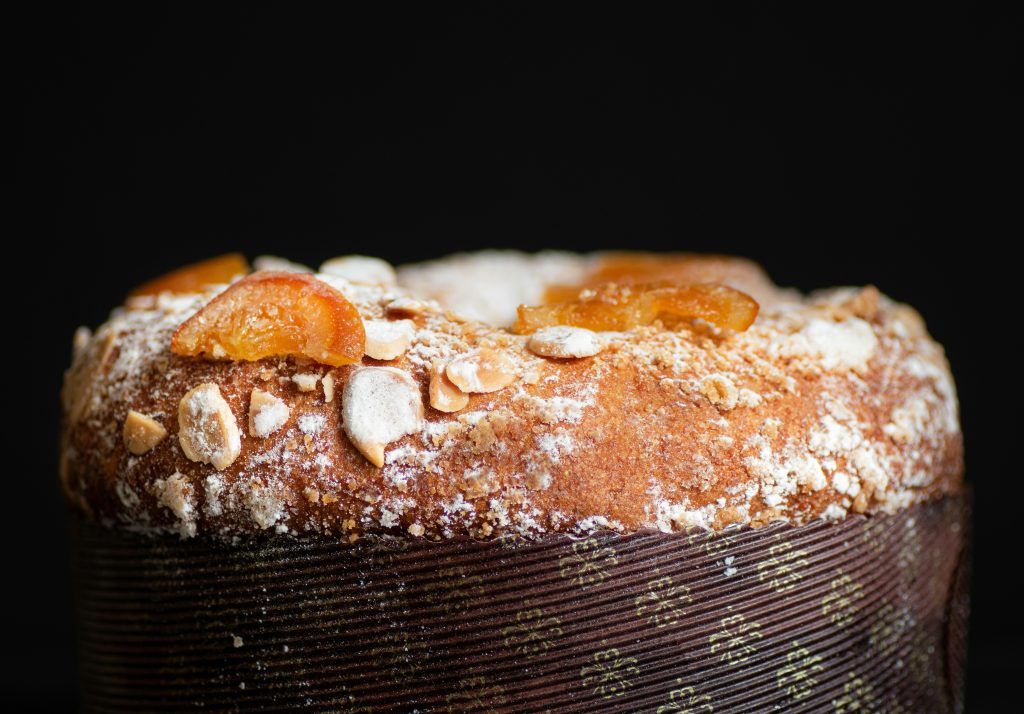
Ingredients
There are a few ingredients that both panettone and pandoro share, but there are major differences that affect their flavors. Both breads consist of a rich dough that contains flour, butter, eggs, sugar, and yeast. The similarities end there, though.
Panettone contains a plethora of dried fruits—raisins, orange peels, cherries, citron, etc—and nuts. The fruits give panettone a subtle sweet and tangy flavor. Some people, including my mother, add liqueur to panettone dough to enhance the flavor profile.
Pandoro lacks the fruits and nuts and focuses simply on the richness of the bread itself. The high proportion of butter and eggs gives it a rich, buttery flavor; a dusting of powdered sugar sweetens it. Many people will slice pandoro and top it with fresh cream, fruit, gelato, and more.
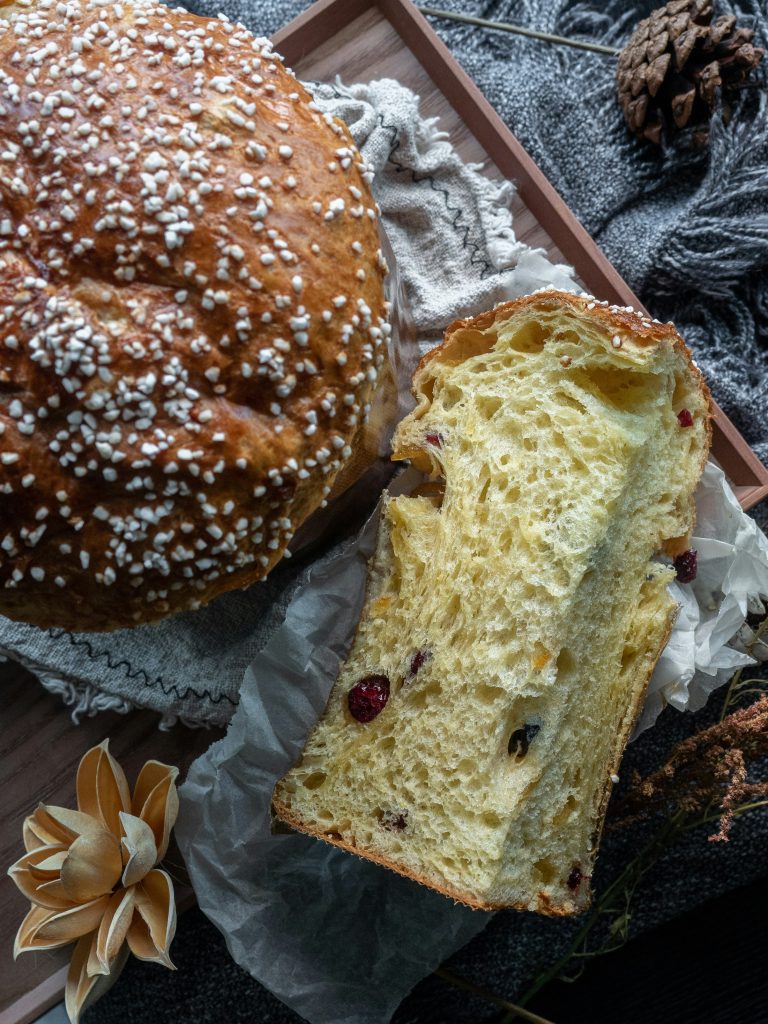
Texture
The fruit and nut content of panettone gives it a dense and crumbly texture. The moisture from the fruits and the yeast’s slow fermentation process makes it slightly chewy.
The light, fluffy, and buttery texture of pandoro causes it to melt in your mouth. Because it lacks the fruit that would keep it moist, pandoro can dry out more quickly if not stored properly.
Preparation
Making either one of the sweet breads takes both time and patience. Both are yeast breads and require kneading, rising, and folding to acquire the correct consistency.
Panettone is the more difficult as one must knead and leave the dough to rise several times. I’ve heard that making panettone can take up to 24 hours. That said, I remember my mom would make the dough in the morning and let it rise three times. When we got home from school, she was usually popping the loaves in the oven to bake.
Pandoro requires slightly less kneading and rising, although it can also take up to 24 hours to make the loaves.
Shape
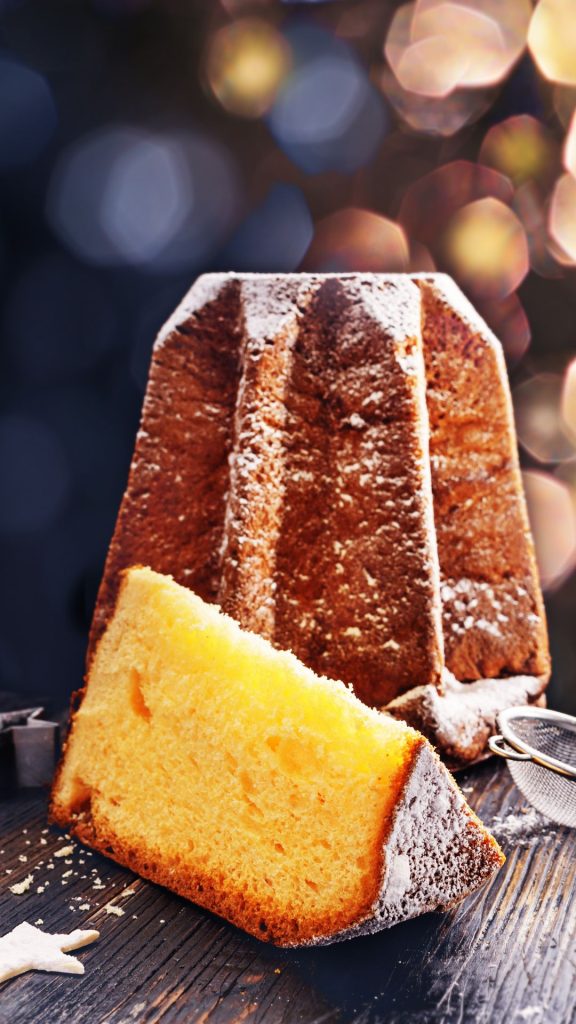
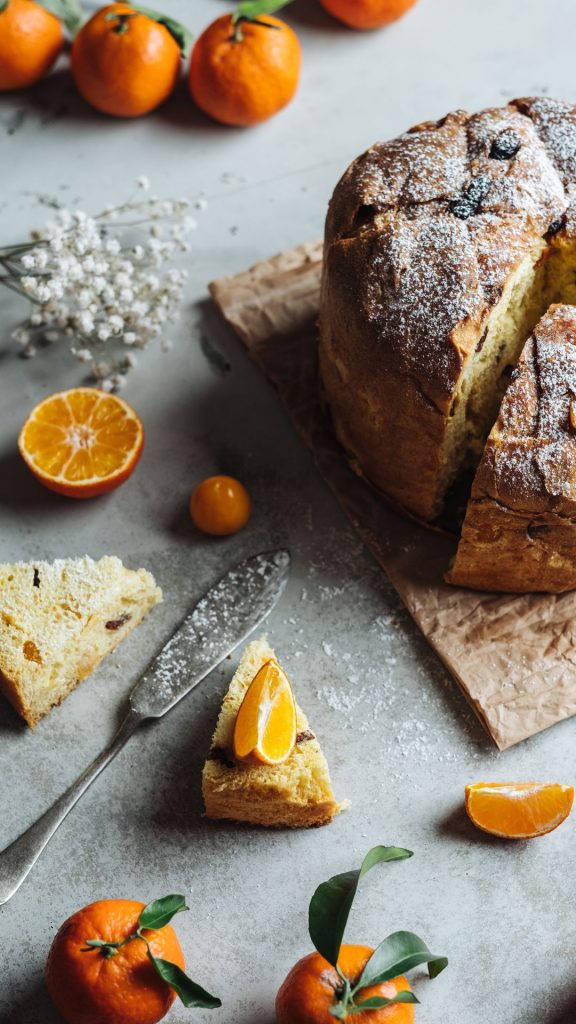
The most noticeable difference between the two sweet breads is in their shapes. Panettone is a tall, tubular bread with a domed top. Italians use a paper collar to get the bread to rise higher. My mother used coffee cans to make her panettone. Given panettone’s large shape, its name is fittine. Panettone comes from the word panetto (small loaf of bread) and the suffix tonne which means large.
Pandoro has a more elegant star shape. Baked in a six- or eight-pointed star mold, pandoro is shorter and wider than panettone. Its name—pandoro means bread of gold—is also appropriate given its shape and color.
Which is Better?
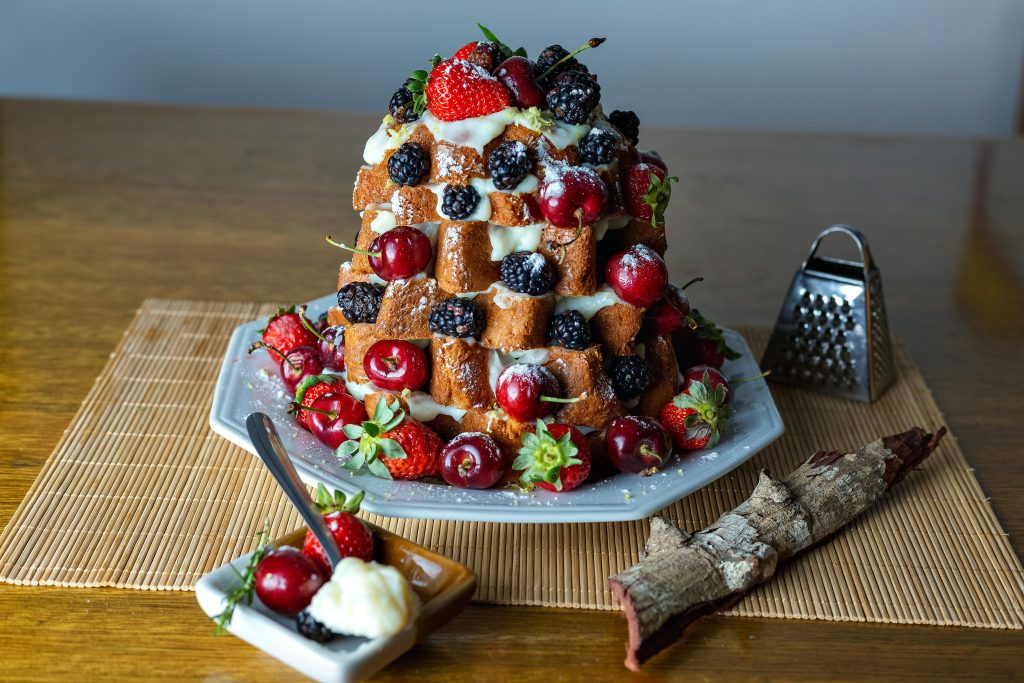
Preferring one over the other is just personal taste. I enjoy pandoro because I like its delicate buttery flavor, and I’m just not wild about panettone. . . I think it was my mother’s use of liqueur that turned me off panettone and fruit cakes in general.
Whichever one you choose, have a joyful holiday season filled with the delicious flavors of good panettone or pandoro.


